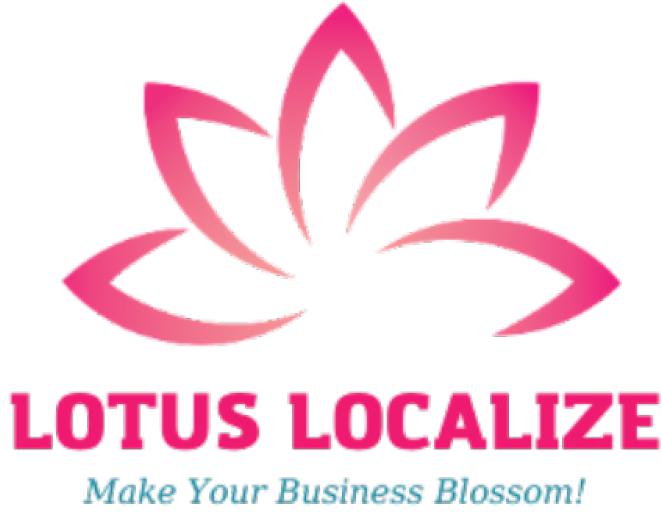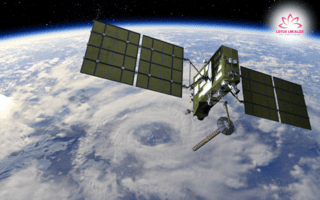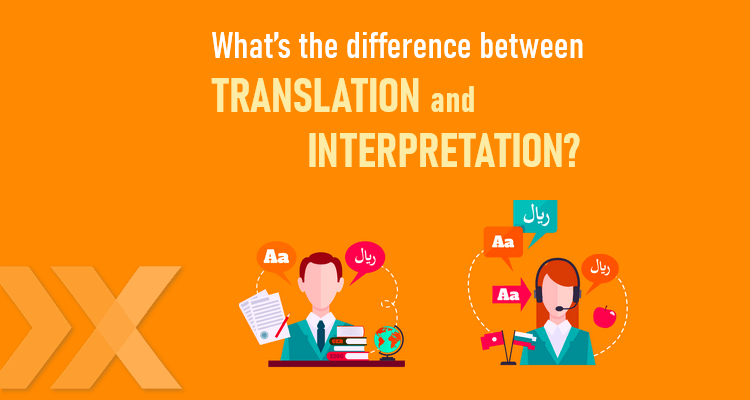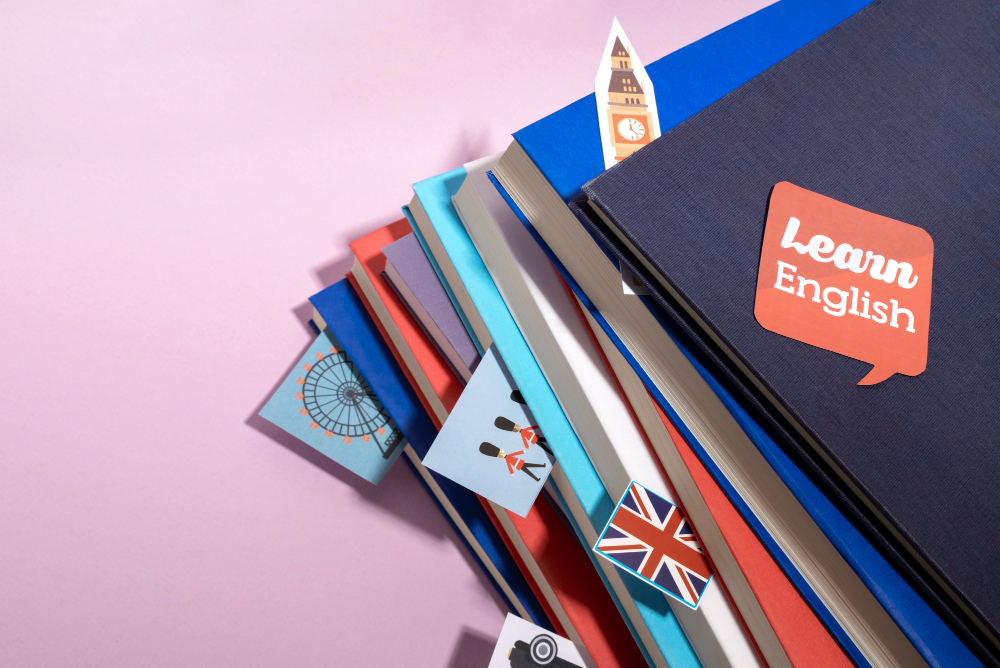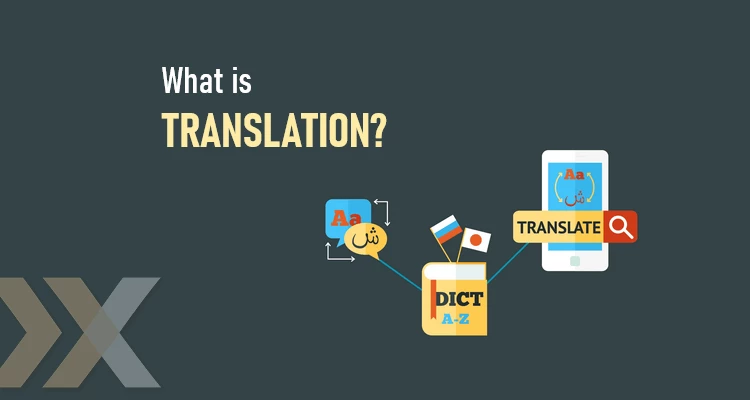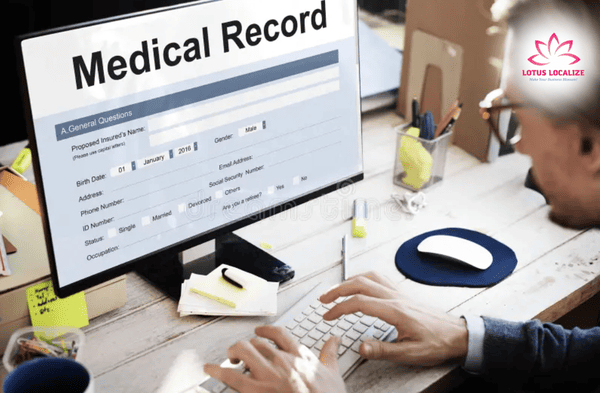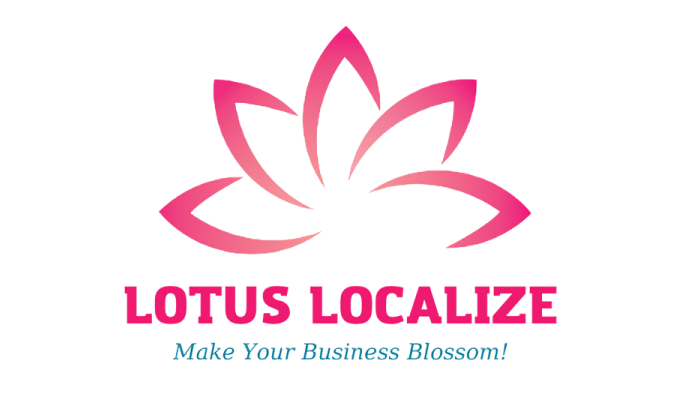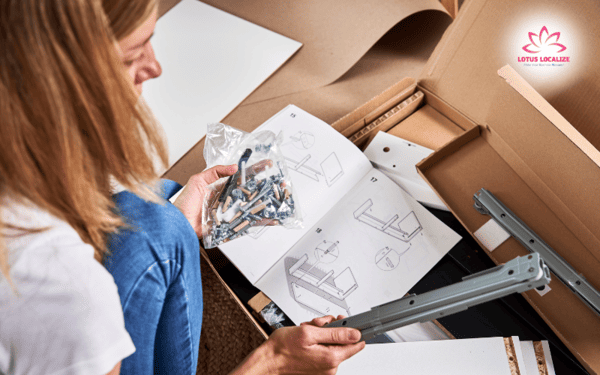
How product manual translation helps your business scale globally with clarity and confidence
As companies expand into international markets, the demand for high-quality multilingual content has grown rapidly. One critical yet often overlooked element in this process is product manual translation. While marketing materials and websites typically receive more attention, the translation of user guides, instruction booklets, and technical manuals is equally essential — not just for legal compliance, but also for user safety and brand reputation.
This article explores why product manual translation matters, the risks of neglecting it, and how to ensure the best results through professional translation strategies.
How product manual translation impacts user experience and compliance
At its core, product manual translation is about making a product understandable and usable for people across different languages and cultures. Whether you’re selling electronics in Germany or exporting medical equipment to Japan, your end-users need clear, concise instructions in their native language.

A well-translated manual enables customers to:
- Set up and operate the product correctly
- Troubleshoot common issues independently
- Avoid injury or misuse
- Feel confident in the product’s quality and reliability
On the business side, accurate manual translation reduces customer support costs, strengthens your brand’s credibility, and helps meet local regulatory compliance requirements. In some industries—like healthcare, automotive, or heavy machinery—regulators may even require translated documentation as part of the product certification process.
Read more: How petroleum engineering translation enhances safety and compliance in the oil industry
The risks of poor product manual translation
When product manuals are mistranslated or unclear, the risks go far beyond minor misunderstandings — they can have serious consequences for both users and manufacturers.
User safety hazards
Inadequate translations can lead to incorrect installation, operation, or maintenance. For example, mistranslating the phrase “Do not disassemble while powered” could result in electric shock, damage, or even fatal accidents.
Legal and financial liabilities
Companies may be held legally responsible for damages or injuries caused by faulty multilingual documentation. In many jurisdictions, failing to provide accurate instructions in the local language is considered negligence.

Brand reputation damage
Consumers are quick to judge a company based on their experience with the product — including the clarity of the manual. Confusing or grammatically incorrect instructions can reflect poorly on the brand, eroding trust and customer loyalty.
Regulatory penalties
In regulated sectors like pharmaceuticals or aviation, failing to comply with safety standards and documentation guidelines can result in product recalls or market bans.
In short, the cost of poor product manual translation isn’t just linguistic — it’s operational, legal, and reputational. Investing in accurate, professional translation is not only wise — it’s essential for global success.
Read more: Technical catalog translation: How to ensure accuracy, consistency, and global usability
Industries that rely heavily on product manual translation
While all businesses benefit from clear product documentation, some industries are especially dependent on accurate, culturally-sensitive translation:
- Electronics & consumer goods: Everyday items like smartphones, home appliances, and wearable tech need user guide localization to appeal to diverse consumers worldwide.
- Medical devices & pharmaceutical products: Here, precision is non-negotiable. Misunderstanding dosage or setup procedures can have life-threatening consequences. Technical translation services with medical expertise are essential.

- Automotive & heavy machinery: From assembly instructions to maintenance manuals, these sectors require highly accurate documentation to ensure proper use and long-term safety.
- Industrial equipment: For international buyers of tools, robotics, or manufacturing systems, product manual translation bridges the knowledge gap between engineers and end-users.
Essential features of a high-quality product manual translation
Creating a manual that performs well in any market involves more than word-for-word translation. Consider the following key elements:
- Technical terminology accuracy: Glossaries and terminology management systems ensure consistent use of terms across all product lines and languages.
- Cultural and linguistic appropriateness: Idioms or phrases that work in one language may confuse or offend in another. Native-speaking translators understand how to tailor content to local expectations.

- Formatting and visual consistency: Visual aids, numbering, fonts, and layout need to remain user-friendly across languages, especially when working with right-to-left scripts or non-Latin alphabets.
- Compliance with industry standards: A good manual follows both international best practices and country-specific documentation standards — such as ISO, CE, or FDA guidelines.
By carefully addressing these elements, you ensure that your product manual is not only accurate but also clear, culturally relevant, and compliant—ultimately enhancing user experience and supporting your brand’s success in global markets.
Read more: Expanding globally? Here’s why you need expert technical manual translation services
The role of professional translation services in product manual translation
To produce high-quality product manual translation, businesses should partner with specialized translation providers who offer:
- Native-speaking technical translators: They understand the nuances of both the source and target languages, ensuring translations are not only correct but also natural-sounding.
- Subject matter expertise: Translators with knowledge in fields like engineering, medicine, or electronics can accurately interpret complex concepts and jargon.

- Multilingual desktop publishing services (DTP): Layout and formatting must be adapted for each language version. DTP services help maintain visual consistency across all translated documents.
- Translation quality assurance (QA): A solid QA process catches errors, inconsistencies, and formatting issues before the manual goes live.
- Certified translation: Some industries require ISO-certified translators or legally recognized certification for translated documents.
Choosing specialized translation partners ensures your manuals are accurate, professional, and fully compliant—building trust with global customers and minimizing costly errors.
Integrating product manual translation early in product development
One of the biggest mistakes companies make is waiting until the last minute to translate manuals. This approach often leads to rushed work, miscommunications, and increased costs. Instead, companies should:
- Include translation in their content localization strategy from the start
- Write source manuals with clarity and translatability in mind

- Collaborate with translators during the product testing phase
- Use visual aids to support verbal instructions across languages
By building translation into the development timeline, brands reduce time-to-market and improve the overall international product launch process.
In today’s global market, product manual translation is no longer optional — it’s essential. From ensuring regulatory compliance to enhancing customer satisfaction and minimizing support costs, clear and accurate manuals in multiple languages can make a real difference.
As your products reach new markets, don’t let language stand in the way. Instead, let every translated manual become a bridge — one that connects your innovation with users around the world.
Need a reliable partner for product manual translation?
Let Lotus Localize help you deliver manuals that are clear, compliant, and culturally adapted.
👉 Get in touch today to ensure your products speak every language your customers do.
If you have any questions or need assistance with document translation services for many industries: life sciences translation, education translation, technology translation, financial translation, marketing translation, manufacturing translation, government translation,… and interpretation services: escort interpreting, simultaneous interpretation, remote interpretation, and localization services: software localization, game localization, app localization,… please contact Lotus Localize immediately at +84 866 224 968 or visit the website: lotus-localize.com for advice on the best solutions!
QUALITY PROMISE
Lotus Localize offers consistent, high-quality service delivery in all customer engagements. Our in-house translators and staff adhere to well-established business processes, allowing us to communicate properly, deliver on time, and surpass client expectations.
